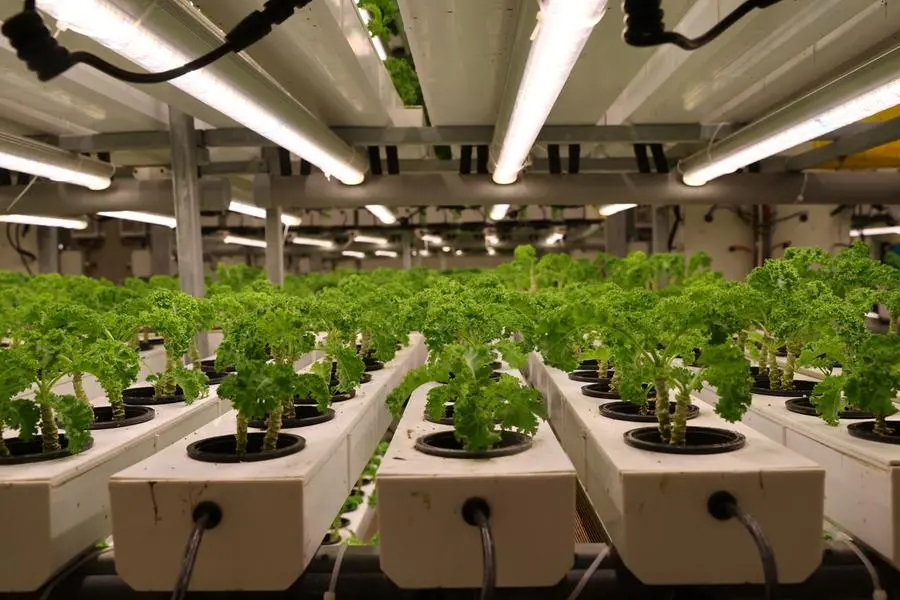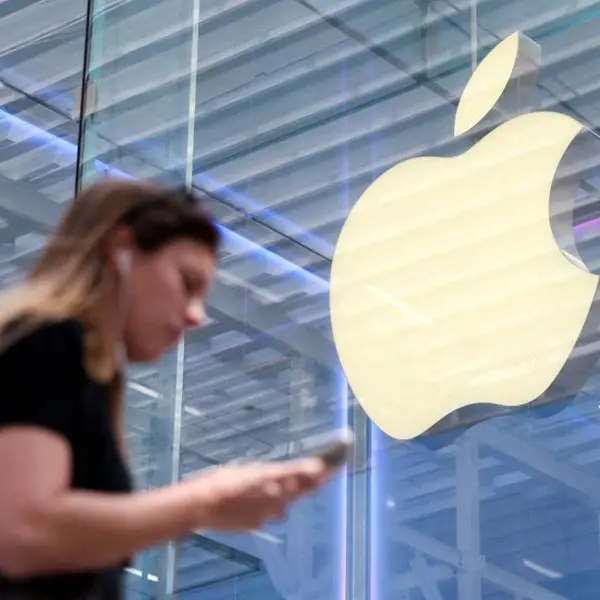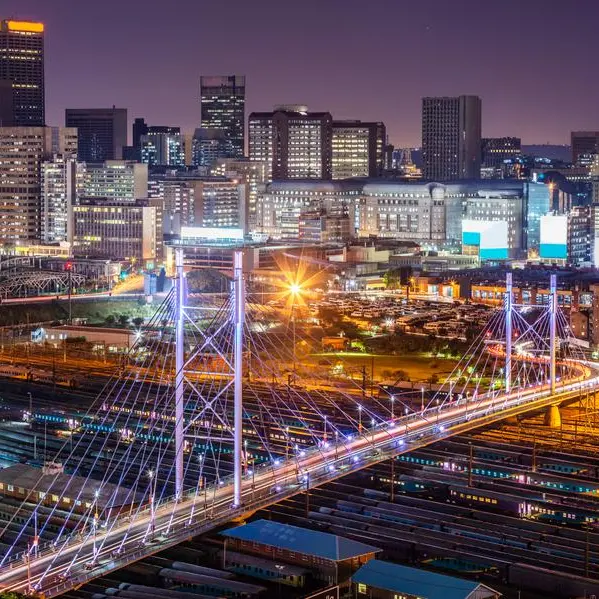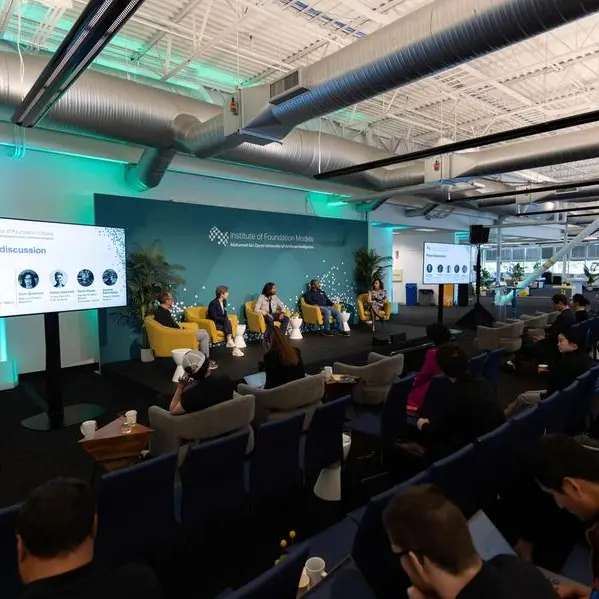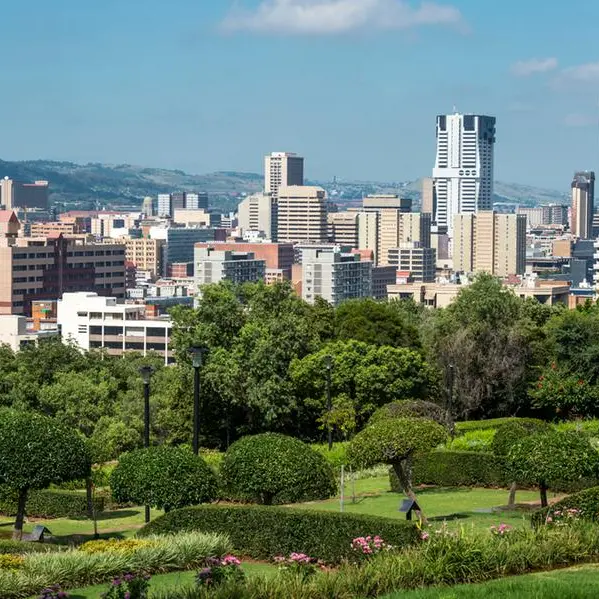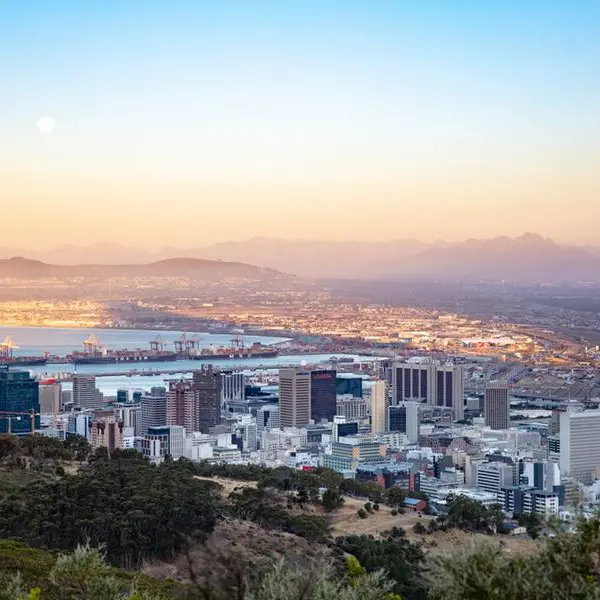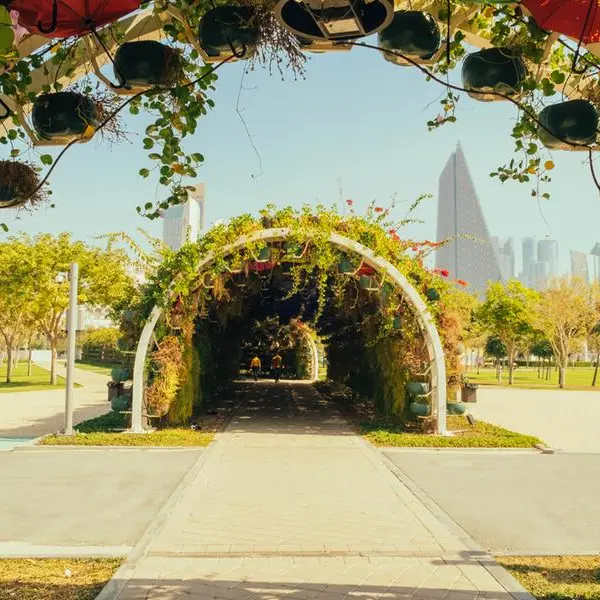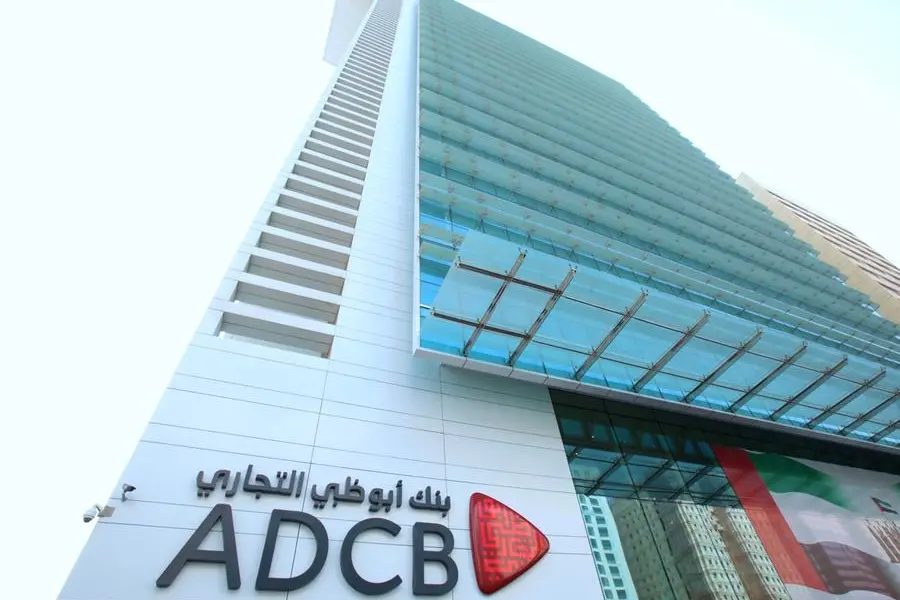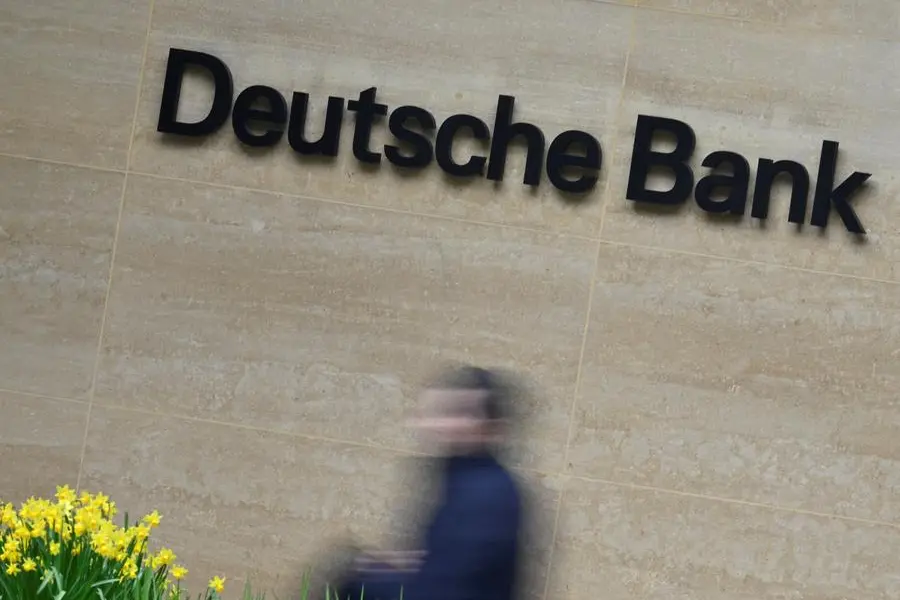PHOTO
Baby kale grown at the vertical nutrient film technique (NFT) system are pictured at Veggietech, a start-up farm, that produces all year-round crops using smart and sustainable farming technologies in the middle of UAE's Sharjah desert, in Sharjah, United Arab Emirates, February 1, 2023. REUTERS/Rula Rouhana
In the UAE, technology is bringing agriculture to new heights – literally – as rows of leafy vegetables, fruits and berries are stacked one above the other, yielding produce that help boost the country’s food self-sufficiency.
The arid climate and lack of arable land are addressed by smart systems that manage the entire farming process – from irrigation to temperature control. These climate-controlled facilities require less or no soil, but do produce more food per square metre of land than traditional farming methods.
In fact, the Ministry of Climate Change and Environment (MoCCE) has earlier said that hydroponics (the technique of growing plants using a water-based nutrient solution rather than soil) farms can produce one kilo of lettuce using only about 20 litres of water, and water is recycled instead of being drained into the soil.
Aside from using less water and providing produce that is free of pesticides, these modern farms are also located in or near urban areas, thereby reducing the distance that food has to move to reach consumers, cutting back on carbon footprint.
The UAE’s sustainable agriculture journey began several years ago and now we are seeing the fruits of the land, aided by modern technology. The country is preparing for food self-sufficiency and here are some of the oases of greens that have bloomed recently.
Cutting on import dependence
On Monday, His Highness Dr Sheikh Sultan bin Muhammad Al Qasimi, Member of the Supreme Council and Ruler of Sharjah, had personally witnessed the harvest of protein-enriched wheat at a 400-hectare farm in Maliha. The seeds were sown in November 30 last year and harvest is expected to yield 15,200 tonnes of wheat that will help reduce the emirate’s dependence on imported wheat.
ADQ’s AgTech Park announced the Zero project, where a 1,000 sqm warehouse is retrofitted to test environment-controlled farming technologies. At full scale, the 200-hectare AgTech Park will target production volumes of over 40 tonnes of fresh fruits and vegetables annually, which would account for up to six per cent and 12 per cent, respectively, of the UAE’s total consumption and import of the produce grown within the park.
In September last year, His Highness Sheikh Mohammed bin Rashid Al Maktoum, Vice-President and Prime Minister of the UAE and Ruler of Dubai, visited Emirates Crop One (ECO 1), which is dubbed as the world's largest vertical farm. The $40-million facility is spread over an area of 330,000sq ft that can produce every year more than 1 million kg of high-quality leafy greens, including spinach, kale, arugula and four varieties of lettuce, while using 95 per cent less water than conventional agriculture. These vegetables are available in stores under the Bustanica brand.
Last month, AeroFarms AgX, the world’s largest indoor vertical farm for research and development (R&D) opened in Abu Dhabi’s Mussafah industrial area. The vegetables produced are not for consumption but are used by scientists, researchers and engineers to find the “proper algorithms for a perfect growth, and solutions for the industry.” The facility is also used to study producing chemical and pesticide free food in arid and desert environments.
The UAE’s first saffron harvest happened in November last year. The most expensive spice in the world were grown in an area spanning only 165sqm but equivalent to 3.5 hectares of land. Smart systems, including cameras and sensors, were used to carefully monitor the growth of saffron bulbs.
The UAE also produce its own strawberries, at Aerovertica’s vertical farms in Dubai Silicon Oasis and Al Qusais.
These two Dubai vertical strawberry farms can supply over 500kg of strawberries per week. They also have a ‘pluck ‘n pay’ offer, where visiting customers can pluck strawberries and eat or take them away after paying.
Copyright © 2022 Khaleej Times. All Rights Reserved. Provided by SyndiGate Media Inc. (Syndigate.info).
